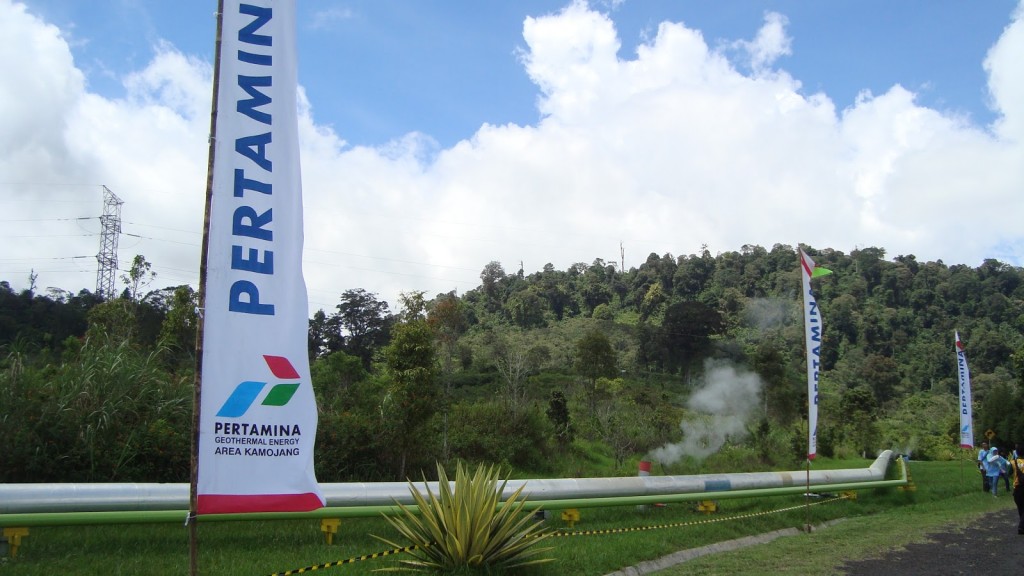Pertamina Geothermal Energy delays project exploration work
PT Pertamina Geothermal Energy is rearranging its exploration strategy for the geothermal working areas it manages and restart work in the next year.
PT Pertamina Geothermal Energy has decided to postpone the exploration of its geothermal working areas this year. President Director of Pertamina Geothermal Energy (PGE) Ahmad Yuniarto said that his party decided to hold and evaluate the exploration plan this year. According to him, Pertamina Hulu Energy will rearrange its exploration strategy and will restart next year, as reported by Bisnis.com.
“We are currently preparing an exploration program in Seulawah, in Aceh we are conducting a study to complete the FID for exploration in Seulawah, we also have plans to explore elsewhere too. This is what we are doing now, but we will do the actual drilling processing next year,” he said in a webinar. which was held today.
Throughout 2020, the realization of Pertamina Geothermal Energy’s operational performance throughout 2020 exceeded the target. During the pandemic, the company managed to record electric volume produce ( geothermal ) of 4,618.27 GWh or 14 percent higher than the target set last year of 4,044.88 GWh.
The achievement above the target was due to the implementation of operation excellence which was supported by the implementation of the Geothermal Integrated Management System. PGE’s achievement contributed 31 percent of the 2020 national geothermal production set by the Ministry of Energy and Mineral Resources of 14,774 GWh.
In detail, the Kamojang Geothermal Area (AG) managed to record an electricity equivalent production of 1,650 GWh or 13 percent higher than the 2020 RKAP target of 1,454 GWh. The Lahendong working area recorded the electricity equivalent production of 828 GWh or 10 percent higher than the target of 754 GWh.
Then, the Ulubelu working area recorded electricity equivalent production of 1,613 GWh or 21 percent higher than the target of 1.33 percent GWh. The Lumut Balai working area recorded the electricity equivalent of 442 GWh or 12 percent higher than the target of 395 GWh.
In addition to maintaining the supply of electricity from the power plants that are currently operating, PGE is also conducting studies in order to increase the installed capacity of geothermal energy for electricity generation from the existing operating area. The areas that became the initial focus in this study were the Ulubelu Area (Lampung) and the Lahendong Area (North Sulawesi).
“PGE continues to be committed to increasing new and renewable energy [EBT] in the national energy mix to 23 percent by 2025 in the geothermal sector with a measurable business strategy to become a World Class Green Energy Company. In the future, PGE targets to operate PLTP with own operation capacity of 1.3 GW by 2030, “he explained.
Currently, PGE manages 15 Geothermal Working Areas, in which 1,877 MW of geothermal electricity has been generated, consisting of 672 MW which is PGE’s own operation and 1,205 MW which is managed through joint operation contracts.
The geothermal installed capacity in the PGE Working Area contributes around 88 percent of the total installed geothermal capacity in Indonesia with the potential to reduce CO2 emissions by around 9.5 million tons of CO2 per year.
Ahmad said that saving is also one of the keys in facing the challenges of the Covid-19 pandemic throughout 2020. From the planned operational cost budget, PGE can make operating cost efficiency by 9 percent. PGE also supports the government’s strategy in the utilization of domestic products. For the application of the domestic component level (TKDN), PGE has implemented TKDN Utilization of 63.39 percent, exceeding the planned target for 2020 of 25 percent.
Source: Bisnis


















